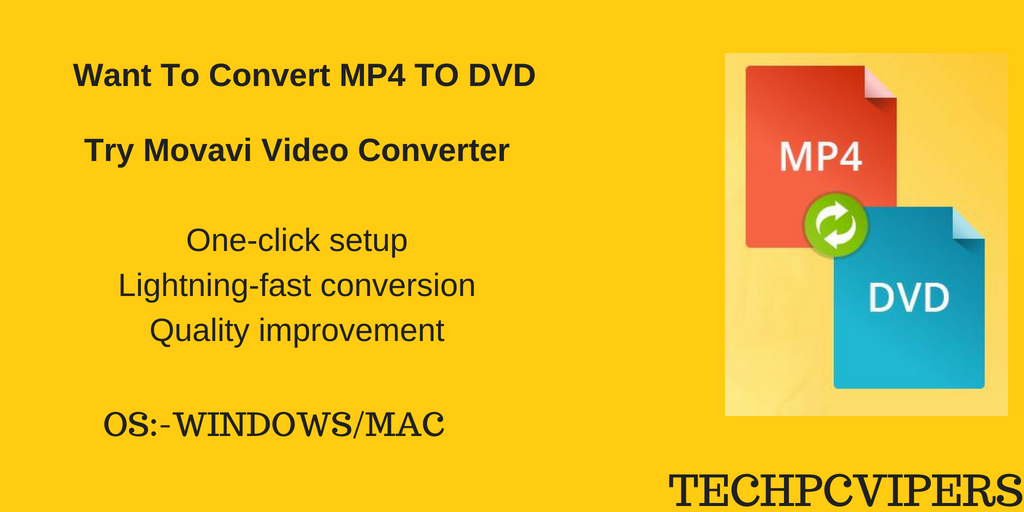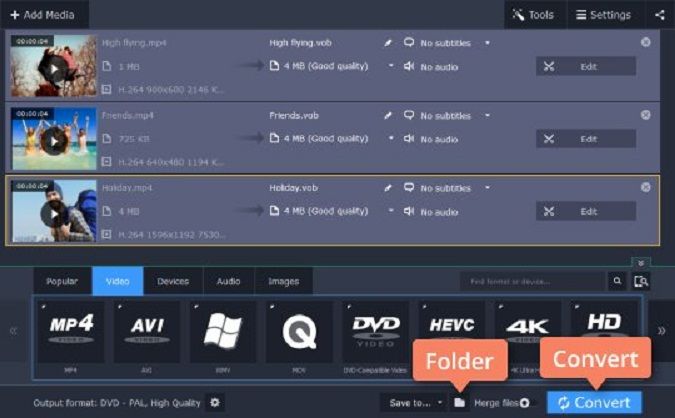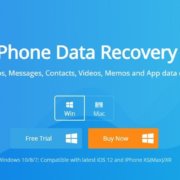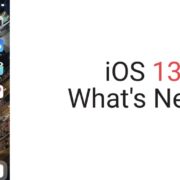Are you trying to find out what the ‘best’ video format is so that you can encode or convert your video accordingly? Unfortunately, there is no ‘one size fits all’ answer to that question, and the ‘best’ format will vary based on the device or platform you want to watch the video on – as well as several other factors.
Understanding Video Formats
Before you go any further, you should be aware that video formats consist of two distinct parts: A container and a codec. Both are necessary and have different roles to perform.
The container is basically the wrapper that holds together the content of the video and is reflected in the video file’s extension. Some of the more common containers that are in use nowadays include MP4, MKV, AVI, MOV, and WMV. Within a container are all the parts that make up the video – such as the video codec, audio codec, and in some cases other features such as subtitles or menus.
In contrast to the container, the video codec is what manages the data that makes up the video, and compresses as well as decompresses it using various algorithms. Depending on how efficiently the codec is able to compress the data that makes up the video, the file size may differ.
To complicate things further not all containers and codecs can be used in conjunction with one another. That is because different containers support different codecs and vice versa.
At the end of the day what all this means is that if you want to choose the ‘best’ video format you need to find a pairing of a container and codec that is best for your device or platform.
Factors to Consider When Choosing a Format
Before you can select the ‘best’ video format for a specific device or platform, the question you need to ask yourself is: What makes one video format better than another?
Simply put there are several factors that you should consider, and some video formats may be superior to others in some of them:
-
Compatibility
Every device or platform is compatible with particular video formats, and so the format that you select should be within that range. Some devices such as computers can extend their compatibility range by downloading packs of codecs or specialized media players, but for others, it may not be that easy.
In short one of the first things that you should do is find out exactly what video formats the device or platform you’re using is compatible with – both in terms of containers as well as codecs.
-
Compression
As mentioned previously the codec is what controls the compression that is used by the video, and affects its file size. Newer codecs tend to offer more efficient compression rates, and that will generally mean that the same video with the same quality will have a smaller file size.
In some cases, the difference in compression between codecs is negligible, but in others, it can be significant. For example, if the same video is encoded using H.264 and H.265 respectively, the latter will normally be up to half the size of the former.
-
Features
Often this isn’t a factor that you will need to consider, but for some specific types of videos there are other features that you might require and the container you choose will have to be based on that. Typically the features present in containers that you need may include support for subtitles, menus, chapters, 3D video, or metadata.
Based on the factors listed above it should be clear that the ‘best’ format of video for a specific device or platform is one that is compatible, offers the best compression rate, and has the features that you need. But rather than browsing through lists of formats to find what you need – there are ways you can go about it that may be easier.
Options When Selecting a Format
If you’re starting to weigh your options in terms of format you may find the task pretty staggering. That is why there are a few ways that you could go about finding the right fit that are much easier:
-
For general compatibility
If you want your video to be able to be watched on various devices and platforms without running into compatibility issues – you should find a format that is widely supported. Nowadays the go-to format that is used most frequently is MP4 with H.264, and you should have no issues watching videos in that format on most devices or platforms.
-
For small file sizes
Compressing videos to smaller file sizes can be useful to save on storage space or make it easier to transfer them. The most popular format for high quality yet compressed videos nowadays is either MKV or MP4 with H.265 (i.e. HEVC), and it is starting to gain more widespread support as well.
-
For DVDs
Unlike other options, if you want to burn your video onto a DVD and play it on a DVD player, there are far fewer options. To be more specific you’ll need to use MPEG-2 videos when you convert any format such as MP4 to DVD on PC. Additionally, DVDs have a particular structure that requires the videos to be placed in the ‘Video_TS’ folder.
- For online platforms
Generally, if you intend to upload your video to online platforms such as YouTube, Facebook, Vimeo and so on you’ll find that each has their own set of recommended settings that include details about the format. Overall, however, most online platforms nowadays prefer MP4 with H.264 – or at very least support it.
Final Verdict
By now you should know exactly what you need to do to find the ‘best’ format of video for any device or platform that you want – and you may even have already settled on the answer that you need. Be sure Movavi Video Converter supports them all. Keep in mind that with every passing year new video formats are introduced or start to gain popularity, so the ‘best’ format is subject to change.





